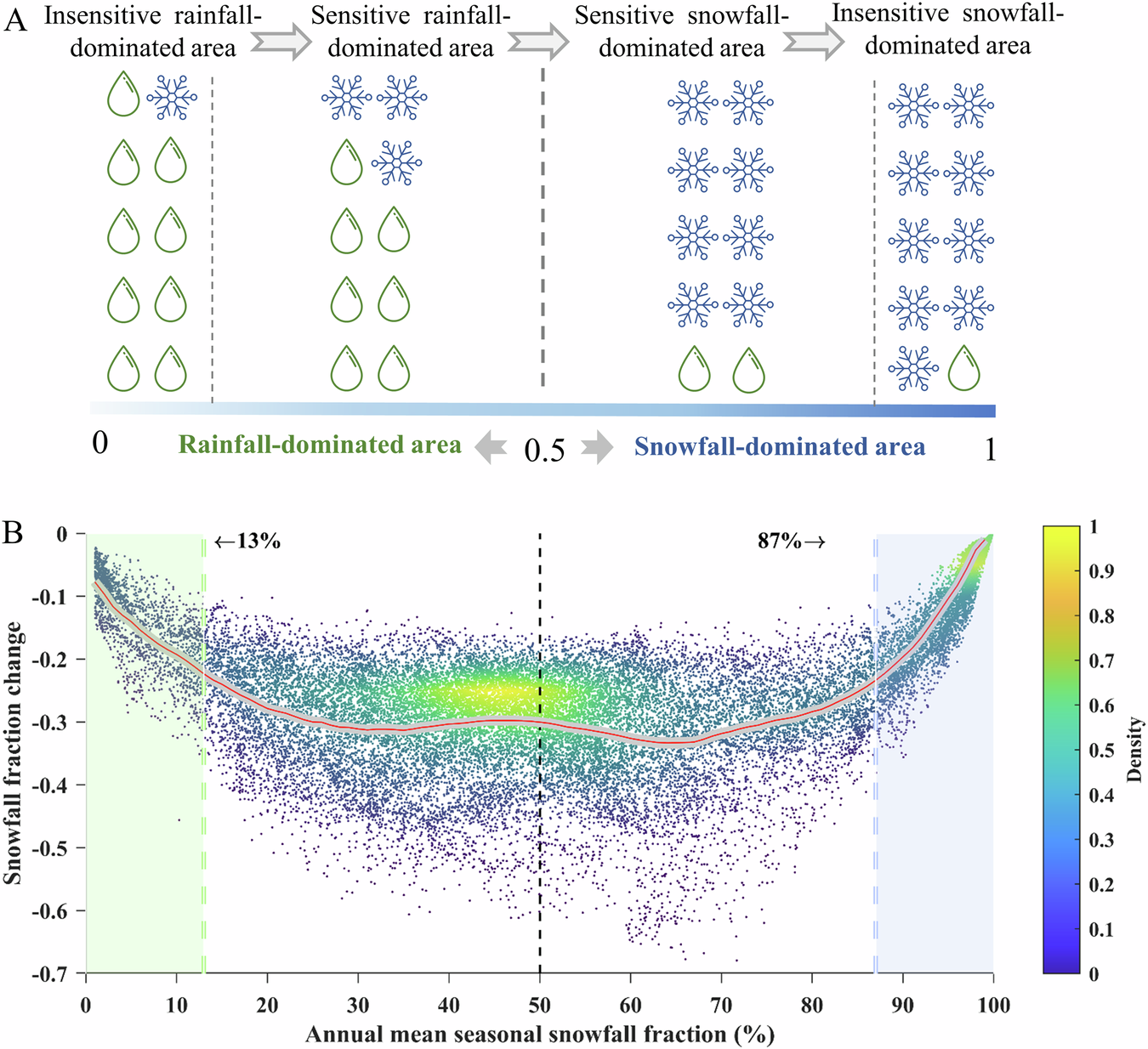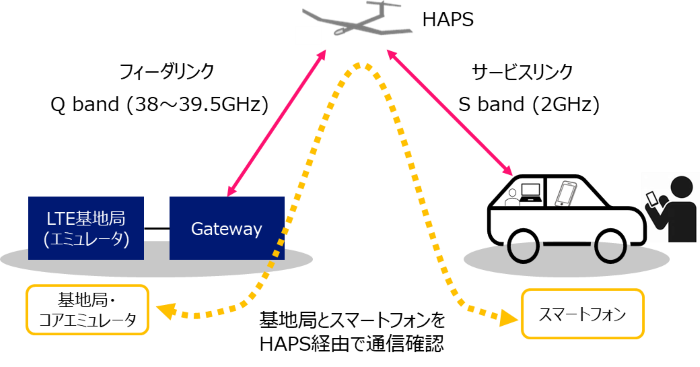2025-02-25 中国科学院
<関連情報>
- https://english.cas.cn/newsroom/research_news/earth/202502/t20250227_902706.shtml
- https://www.nature.com/articles/s41612-025-00935-y
温暖化がアジア高山帯の降雪分画減少の閾値を引き起こす Warming triggers snowfall fraction loss Thresholds in High-Mountain Asia
Yupeng Li,Yaning Chen,Fan Sun,Zhi Li,Gonghuan Fang,Weili Duan,Xueqi Zhang & Baofu Li
npj Climate and Atmospheric Science Published:17 February 2025
DOI:https://doi.org/10.1038/s41612-025-00935-y

Abstract
Global warming is accelerating climate disasters by triggering tipping points in various Earth systems. Although changes in precipitation patterns in High-Mountain Asia (HMA) have been extensively studied, the specific thresholds that trigger rapid snowfall loss remain unclear. A continuous piecewise linear regression model was employed to classify HMA into four distinct precipitation regimes: insensitive snowfall-dominated areas, sensitive snowfall-dominated areas, sensitive rainfall-dominated areas, and insensitive rainfall-dominated areas. Our results show that future warming will increase the sensitivity of winter and spring snowfall to climate change, whereas summer and autumn snowfall will become less sensitive. All four precipitation regimes exhibit an upward shift to higher elevations, with varying rates of elevation gain across regions and seasons. Temperature is the primary driver of snowfall loss, whereas relative humidity mitigates it. This study identifies high-risk areas vulnerable to snowfall loss, to help guide the development of effective mitigation strategies.



